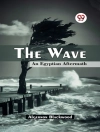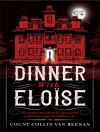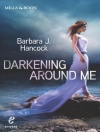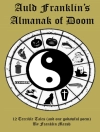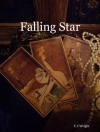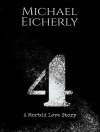Dagon H. P. Lovecraft – ‘Dagon’ is a short story by American author H. P. Lovecraft. It was written in July 1917 and is one of the first stories that Lovecraft wrote as an adult. It was first published in the November 1919 edition of The Vagrant. Dagon was later published in Weird Tales. It is considered by many to be one of Lovecraft’s most forward-looking stories.The story is the testament of a tortured, morphine-addicted man who relates an incident that occurred during his service as an officer during World War I. In the unnamed narrator’s account, his cargo ship is captured by an Imperial German sea-raider in ‘one of the most open and least frequented parts of the broad Pacific’. He escapes on a lifeboat and drifts aimlessly, south of the equator, until he eventually finds himself stranded on ‘a slimy expanse of hellish black mire which extended about [him] in monotonous undulations as far as [he] could see…. The region was putrid with the carcasses of decaying fish and less describable things which [he] saw protruding from the nasty mud of the unending plain.’ He theorizes that this area was formerly a portion of the ocean floor thrown to the surface by volcanic activity, ‘exposing regions which for innumerable millions of years had lain hidden under unfathomable watery depths.Famous works of the author Howard Phillips Lovecraft: At the Mountains of Madness, The Dreams in the Witch House, The Horror at Red Hook, The Shadow Out of Time, The Shadows over Innsmouth, The Alchemist, Reanimator, Ex Oblivione, Azathoth, The Call of Cthulhu, The Cats of Ulthar, The Outsider, The Picture in the House, The Shunned House, The Terrible Old Man, The Tomb, Dagon, What the Moon Brings.
Circa l’autore
Howard Phillips Lovecraft, of Providence, Rhode Island, was an American author of horror, fantasy and science fiction.Lovecraft’s major inspiration and invention was cosmic horror: life is incomprehensible to human minds and the universe is fundamentally alien. Those who genuinely reason, like his protagonists, gamble with sanity. Lovecraft has developed a cult following for his Cthulhu Mythos, a series of loosely interconnected fictions featuring a pantheon of human-nullifying entities, as well as the Necronomicon, a fictional grimoire of magical rites and forbidden lore. His works were deeply pessimistic and cynical, challenging the values of the Enlightenment, Romanticism and Christianity. Lovecraft’s protagonists usually achieve the mirror-opposite of traditional gnosis and mysticism by momentarily glimpsing the horror of ultimate reality.Although Lovecraft’s readership was limited during his life, his reputation has grown over the decades. He is now commonly regarded as one of the most influential horror writers of the 20th Century, exerting widespread and indirect influence, and frequently compared to Edgar Allan Poe.


